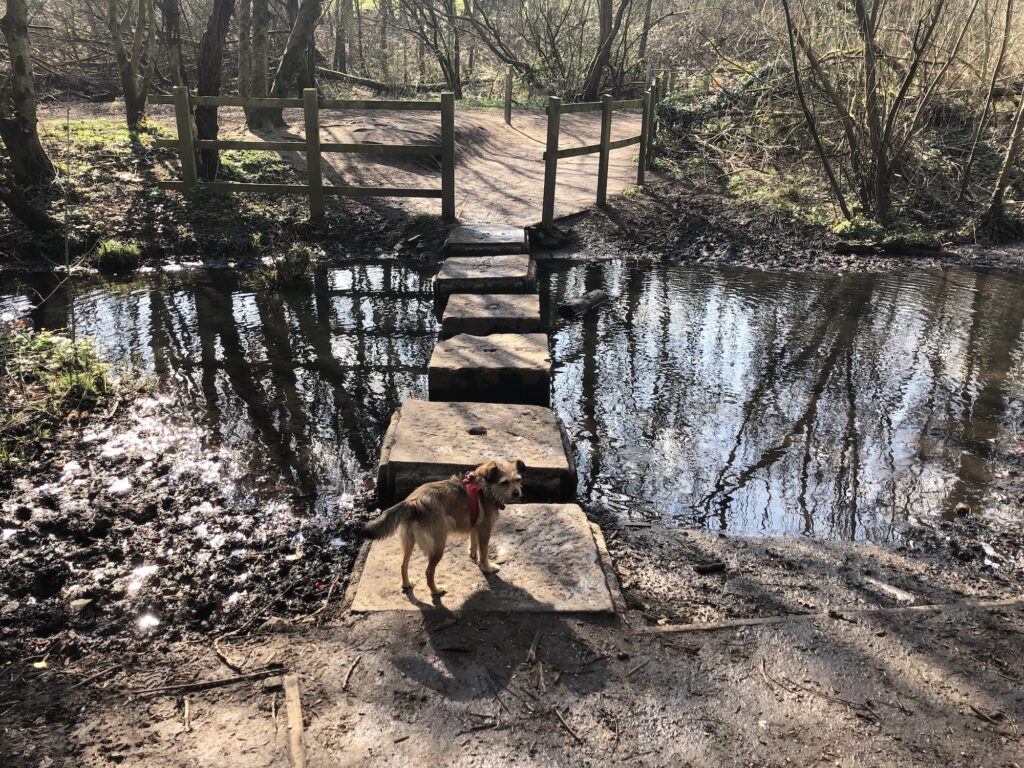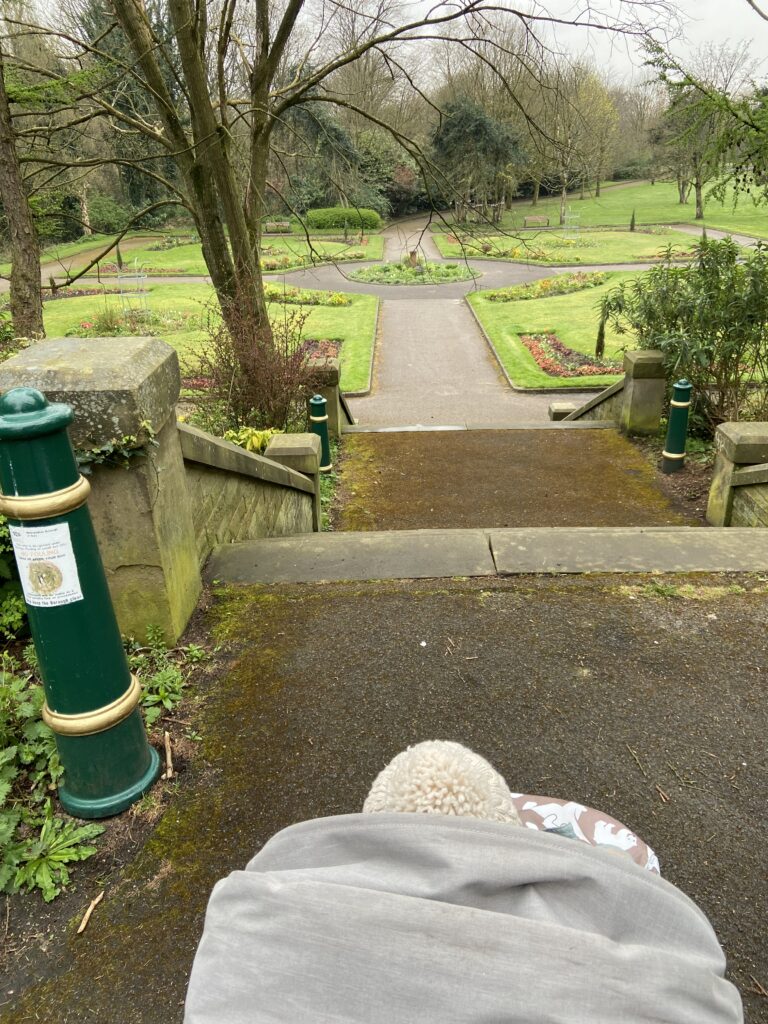Award-winning nature writer Anita Sethi reflects on the importance of urban wilderness on her sunrise walk through Chorlton Water Park in Manchester
by Anita Sethi
It’s sunrise at Chorlton Water Park in Manchester and, feeling claustrophobic, I’ve come out for a walk. As soon as I walk deeper into the park and see the lake, I feel a weight lifted. Day breaks, spilling its light all over the lake until it gleams. I feel gratitude for this oasis of calm, peace and nature in the midst of a city.
I take time on my slow walk to stop and admire the urban wildlife along the way. I spot a signboard from the Mersey Valley Countryside Warden Service telling me I’ve reached an “Access for all Sensory Garden” which explains: “this garden has been designed for your senses to enjoy”; under the “Touch” heading there is weld, golden sedge, house leek and ladies mantle; under the “See” category are ox-eye daisy, bluebells, ragged robin, sweet violet, mint, lavender and chives. In the “Smell” category is sweet violet, lavender, mint and chives.
I let all my senses unwind and open up and become more alert. I learn to pay attention, not only with my eyes but with my ears and nose and skin, savouring the sights, sounds, smell, and feel of this walk. I revel in the sensory engagement of walking in nature and feel the anxiety that had been clutching my chest ease as my attention is engaged with the outer world. Of all the wonders, I admire the bluebells most, though it’s sad to see litter discarded by them: how could any human be so careless to this natural world which, in turn, cares for us?
As I walk on, I feel a skin shedding
I walk on and see a sign, reading Underwater World, which highlights the weird and wonderful wildlife teeming beneath the water. I learn that dragonflies spend most of their life under water as nymphs and, in the summertime, crawl out of the water to shed their old skins. I look out for those skins, still clinging to reeds and plant stems. Also underwater are newts, water snails, tadpoles, and pond skaters.

I walk on and think of those nymphs beneath the surface, getting ready to rise and shed their skins. I think of all that lives and breathes beneath the surface. As I walk on, I feel a skin shedding too. Even a short walk has me feeling reborn in a way, refreshed, a skin sloughed off, and a dawn walk even more so as a new day begins.
Park walking is the ideal way to slow down time
Park Life is both the name of a famous Blur song, and of a festival in Heaton Park. This is where I take my next walk; there is so much to admire in this park. Every day it’s as if nature is throwing a festival of its own, with glorious colours and scents and sounds. Walking in parks is the ideal way to slow down a racing sense of time, to take a stop gap and a breather even in the midst of a city. In the animal sanctuary, I stop to admire various creatures: from an enormous tortoise with a magnificent shell, to peacocks proudly displaying their brilliant iridescent colours.

I reflect on some of the park walks I’ve had as spring edged into summer. It barely seems as if we had a spring this year at all as the chill of winter went straight into a searing heatwave. Walking amidst the cool shade of the trees in Heaton Park is a welcome way to escape the heat. A large lake appears in view as I continue, the sight of water is immediately calming. I watch swans and ducks upon its surface. As I walk around the lake time seems to slow to a more manageable pace and I forget the worries of the world and dissolve into the present moment. A walk in the park is truly a respite.
Plumes of smoke are rising from distant hills
I walk further up, and soon I’m gazing out over the hills from the highest viewing platform in Manchester, admiring a panoramic view; arrows on a sign point out the distance and direction to various surrounding places. Kinder Scout in the Peak District is 21 miles to the East, Scout Moor is 9 miles to the West whilst Blackstone Edge is 12 miles North. I’m at the Temple viewing point which was built in the 19th century and has been delighting city dwellers and visitors with an elevated view ever since (it has fairly recently been discovered that the highest summit in Manchester is in fact 547 yards away but this is the highest viewing platform).
It’s heartbreaking, though, to see plumes of smoke rising from the distant hills; wildfires have been burning on the Pennine moors. The signs of the climate crisis are devastating the landscape and it’s important not to romanticise these views but to heed these warnings for us to pay attention, to take care of the natural world instead of destroying it.
I walk back down and out of the park, having gained a different perspective on my home city and with each footstep feel the great importance of urban wildernesses.
🐌
If you fancy a walk in Heaton Park, there’s a Slow Way that needs checking: north Manchester’s Premid one, which goes from Prestwich to Middleton. It goes right through Heaton Park and then crosses the road before continuing through Alkrington Wood. There’s also Strdid one and Saldid one on the south side of the city, if you want to walk through Chorlton Water Park. Make sure to sign up to review walks, and as always keep in touch with the Slow Ways community on Facebook, Twitter and Instagram.

Anita Sethi
Anita Sethi is an award-winning nature and travel writer born in Manchester, UK. She is author of I Belong Here: a Journey Along the Backbone of Britain and is also published in several anthologies including Women on Nature, The Wild Isles and Seaside Special: Postcards From the Edge. She has written for the Guardian, Observer, Sunday Times, BBC Wildlife, and Vogue among others and loves walking.